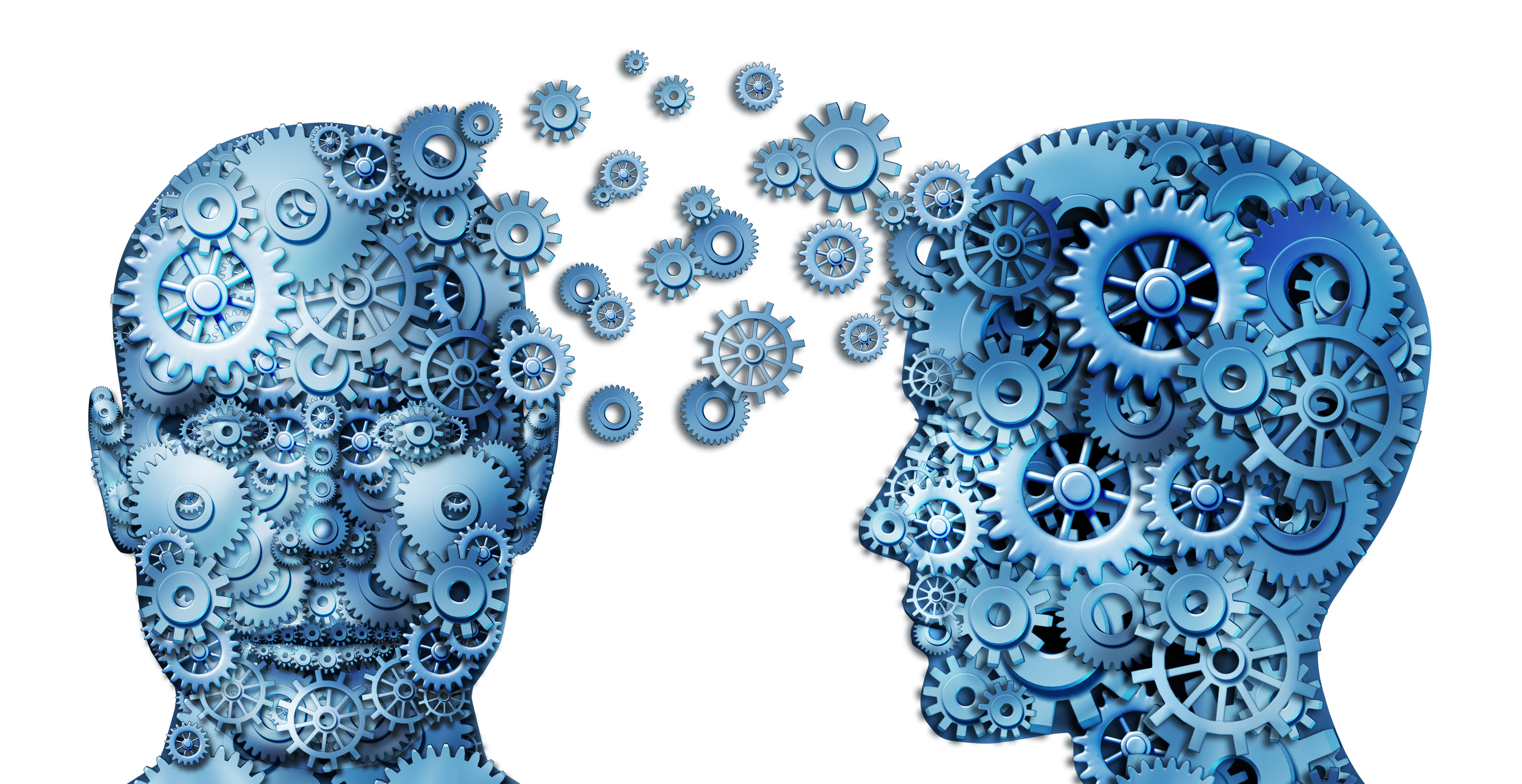
3 Ways AI will Totally Transform Advertising
The advertising industry is the perfect breeding ground for advances in artificial intelligence. Advertisers want nothing more than to target the right ads to the right user at the right time, but consumer data has so many dimensions that it is difficult for a human analyst to process.
AI, and specifically one subset of AI, machine learning, has the potential to revolutionize this industry. We’re in the early stages though.
In my opinion, some ad tech companies making bold claims about their use of AI are too liberal with their marketing jargon. They blur the lines between simple rule based programming and true machine learning. This causes confusion about what we’ve achieved to date as an industry. As a CTO personally invested in the development of machine learning, I’d like to clarify how I see the industry today and where there’s real potential for AI to transform online advertising in the coming years.
Here are 3 ways.
1) Today, advertisers identify interest. Tomorrow, machine learning will predict intent.
Look at a car website today and you’ll be followed around the internet for weeks on the premise that you are interested in buying a car. This type of retargeting is popular among marketers because consumers who show interest in a product are statistically more likely to buy. But think about all the ad dollars wasted on young kids with big dreams and consumers who have since bought a car elsewhere.
Machine learning will be used to predict intent, i.e. the probability that you will actually buy the car. The very point of machine learning algorithms is that they are continuously learning and improving. So algorithms in place today will soon be able to identify which variables, out of thousands of available attributes, best indicate intent. Within years, trillions of pieces of data about our last car purchases, our online shopping habits, personalities, and consumer profiles will factor into their decision making.
If they’re good, they’ll learn to predict your likelihood of buying a car before you ever browse for it. Before you even know you want it.
2) Today, programs can identify keywords. Tomorrow, AI will understand context.
Currently it’s possible to identify keywords in a text which allows advertisers, for example, to display a wine ad inside an article about wine. This is great in theory and helps to makes ads more relevant, but it can go awkwardly wrong.
Would you want to promote your wine in an article claiming that wine causes high blood pressure? Or a cruise holiday in a video about a sinking ship? I guess not! Negative associations can badly hurt a brand.
Picture credit to RepubblicaTV and econsultancy.com/blog
Context matters. Within a few years, artificial intelligence will allow for a human like, contextual understanding of a video or article. The use of AI for image recognition is already more advanced than its applications in other fields. Understanding context will not only ensure that the mood is right for the ad, but it will lead to ads being even more targeted. It will be possible to promote the specific wine types or regions discussed in the article.
3) Today, programmatic bids value attributes. Tomorrow, they will value the individual.
The programmatic buying and selling of ads leaves the door wide open for technology. On the demand side, machine learning is already showing off its potential. The supply side has some catching up to do, which is why at FirstImpression.io we’ve been investing in our pricing optimization.
Yet real time bids are still based on the general value of user segments. Advertisers put a bidding factor on attributes such as devices, geographies, ages of users. For example, they may pay +5% more than a baseline value to show their ad to a person with the latest iPhone and, separately, +10% more for an American.
But just as identifying the colors of pixels doesn’t tell you what an image is, so evaluating user attributes separately doesn’t tell you who a person is. We don’t all fit neatly into boxes. Advanced image recognition gives meaning to pixels by finding patterns of colors and viewing the image as one whole. That’s what advertising algorithms will learn to do for each individual.
Machine learning will enable demand and supply side platforms to find patterns in increasingly large data sets, and to determine which combinations of attributes are valuable. Maybe the sum of an American with an iPhone 7 is greater than its parts. Maybe not. With hundreds of potential data points per user, there will be an infinite amount of user types and combinations of attributes.
The common theme with all of these changes is that machine learning will make advertising far more tailored to the individual. That’s better for the user and better for this industry. Advertising budgets will be effectively spent, and users will enjoy ads that are relevant, at the right place and the right time.
This post appeared originally on LinkedIn.


